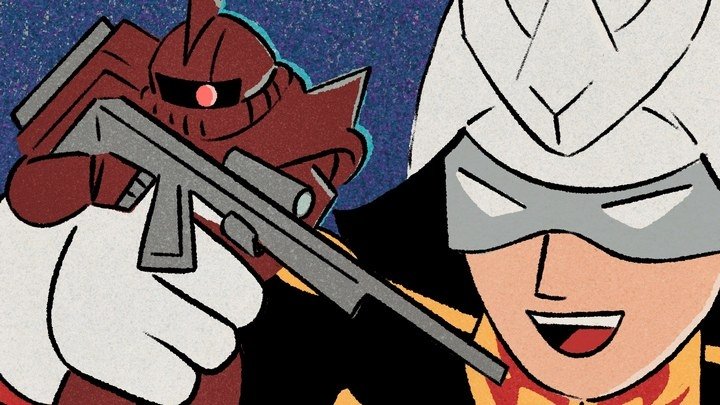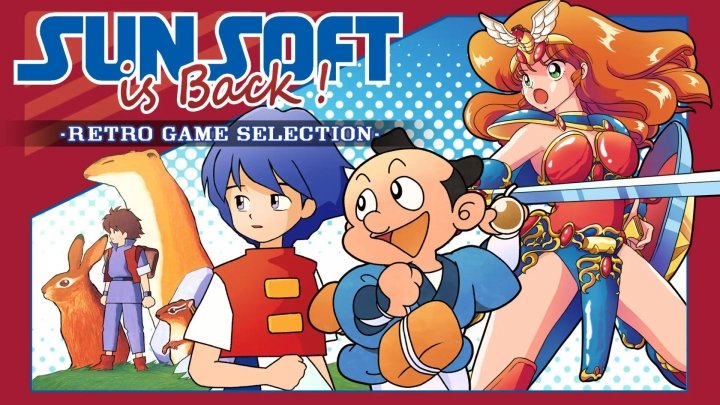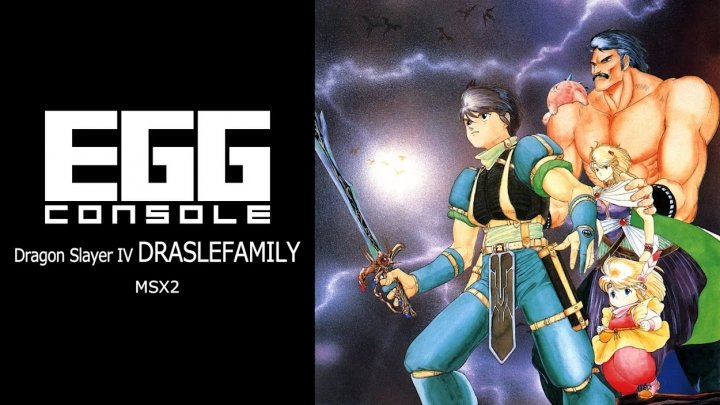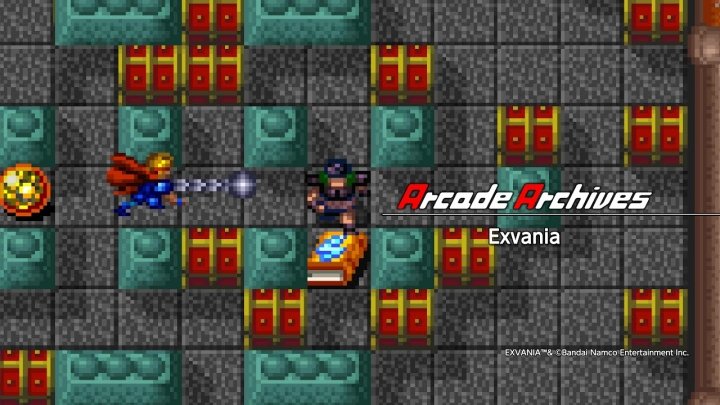Taito Classics Takeshi no Chousenjou: the Famicom's trashiest masterpiece, revisited
Don't say the k-word!
Takeshi Kitano is a hard man to pin down. On the one hand, he's achieved international acclaim and admiration as a film director with an identifiably hyper-Brechtian filmmaking style and a penchant for terse, flashpoint violence; on the other hand, he's spent the last 35 years performing on Japanese TV as Beat Takeshi, an irreverent, aloof foul-mouth who thinks everything you just read is a load of fuckin' horseshit.
One of those guys designed Takeshi no Chōsenjō and at times, it isn't always obvious which one had his hands on the wheel.
Developed by Taito under the instruction of Beat Takeshi and released for the Famicom in late 1986, Takeshi no Chōsenjō (commonly translated as "Takeshi's Challenge") quickly became infamous for, among other things, its absurd humor, free-roaming action-adventure structure and completely inscrutable approach to game logic. The player is put in control of a despondent salaryman who has to punch, sing, swear, gamble and divorce(!) his way to a far-off island in search of treasure; despite the relative openness of the game, most of the game's tasks are entirely untelegraphed and can only be solved via extremely obtuse and specific solutions. For a more detailed, spoiler-laden breakdown, check out Kim's video review, but in summary: any and every screen can and will kill you, either directly or by making it impossible to progress, without necessarily telling you why or even telling you it's happening. Pressed the wrong button on the password screen? Dead. Forgot to pay alimony before getting on the plane? Dead. Didn't murder that helpful old man for no reason? Game over, eventually. (Bought the first edition of the strategy guide? Throw it in the trash.)
Takeshi no Chōsenjō's subversions are both immediate and delayed; the box and manuals are adorned with messages stating the game is practically impossible and cannot be completed by conventional means, messages that might plausibly be mistaken for jokes. Within seconds of starting the game you'll be presented with the chance to assault your boss and before long, you'll be physically and verbally abusing every NPC in sight, usually in front of a shop sign or building that doubles as a vulgar gag—if that sounds passe it's because playing as an amoral jackass in a videogame has been passe for abour 20 years, but there's still something preternatural about doing it in a goddamned NES game that's exciting, if only temporarily. Beyond mere violence, there are several ways to interact with every NPC that contribute to the quasi-sandbox vibe of the game, even though their contributions mostly nonsensical and often detrimental to making progress.
Once you're done yelling obscenities at pachinko machines and punching out your children, you'll realize the game's most shocking twist: it's actually... kinda... well-made? Not well-designed, mind you, but competently manufactured, certainly. Where's the "legendary kusoge" I was promised?, you might think. Shouldn't I have clipped through the floor or been unavoidably stunlocked to death by now? The graphics are fine, the music's... okay, fuck the music, but these controls, they're...adequate. Sure, you'll have no idea what to do for 90% of the game but once you figure it out (or look it up, let's be real) there's every chance you'll be able to do it with no issues.

Of course, not all kusoge are created equal. Some, like the wretched Transformers: Comvoy no Nazo, are dull, irredeemable shovelware; others, like the breathtakingly awful Super Monkey Daibōken, offer an intriguing mix of high-concept ideas and gutter-trash execution, but Takeshi no Chōsenjō is a groundbreaking example of a perfectly-executed realization of one person's self-consciously cruel childishness: bakage, sure, kusoge, hell no.
One has to wonder why Taito treated Takeshi's specific and often mean-spirited demands with such reverence—perhaps they saw his game as an excuse to try ideas they'd never dare put their own name to; perhaps they were desperate to retain the license; maybe he was just fun to drink with—but in doing so, they produced one of the first high-profile auteur works for any videogame console and one that genuinely deserves recognition alongside Super Mario Bros., Dragon Quest and Mega Man.
(The great irony of Takeshi no Chōsenjō is that all of its sardonic, over-the-top opacity is but a mere stone's throw from the shoddy trial-and-error nonsense being developed in earnest by several other companies. Takeshi was clownin', Xevious: GAMP no Nazo was for real.)

Two days ago, Taito released an enhanced port of Takeshi no Chōsenjō to iOS and Android that features proper save slots and a remastered 16:9 playfield, along with virtual button controls (including a virtual button for the Famicom microphone). More interestingly, they've added some brand-new content—primarily, a new, completely optional faux-America (with new BGM! Zuntata be praised!)—as well as hooks for IAP that don't currently work but look to contain additional difficulty modes. Unfortunately, the game has not and probably will not be translated to English, so unless you're able and willing to persevere with the Japanese script (and hiragana-only at that) you'd probably be best served by the Famicom fan translation patch: it won't let you share in the fun of deciphering the new content with the rest of the world in real time but at least you can, y'know, read it.
(If you need an extra fix, Taito will be releasing the first-ever tnc merch later this year, including a GTA-esque shirt and a microfiber towel featuring the ever-present funeral home from the game over screen.)

Ultimately, the question needs to be asked: does one need to play Takeshi no Chōsenjō at all? Could one live a full and content life just by knowing it exists, or by watching Game Center CX or something? Must one suffer so?
The answer: no.
Well, yes, but also no. Mostly yes, frankly.
Why aren't you taking this game seriously?




